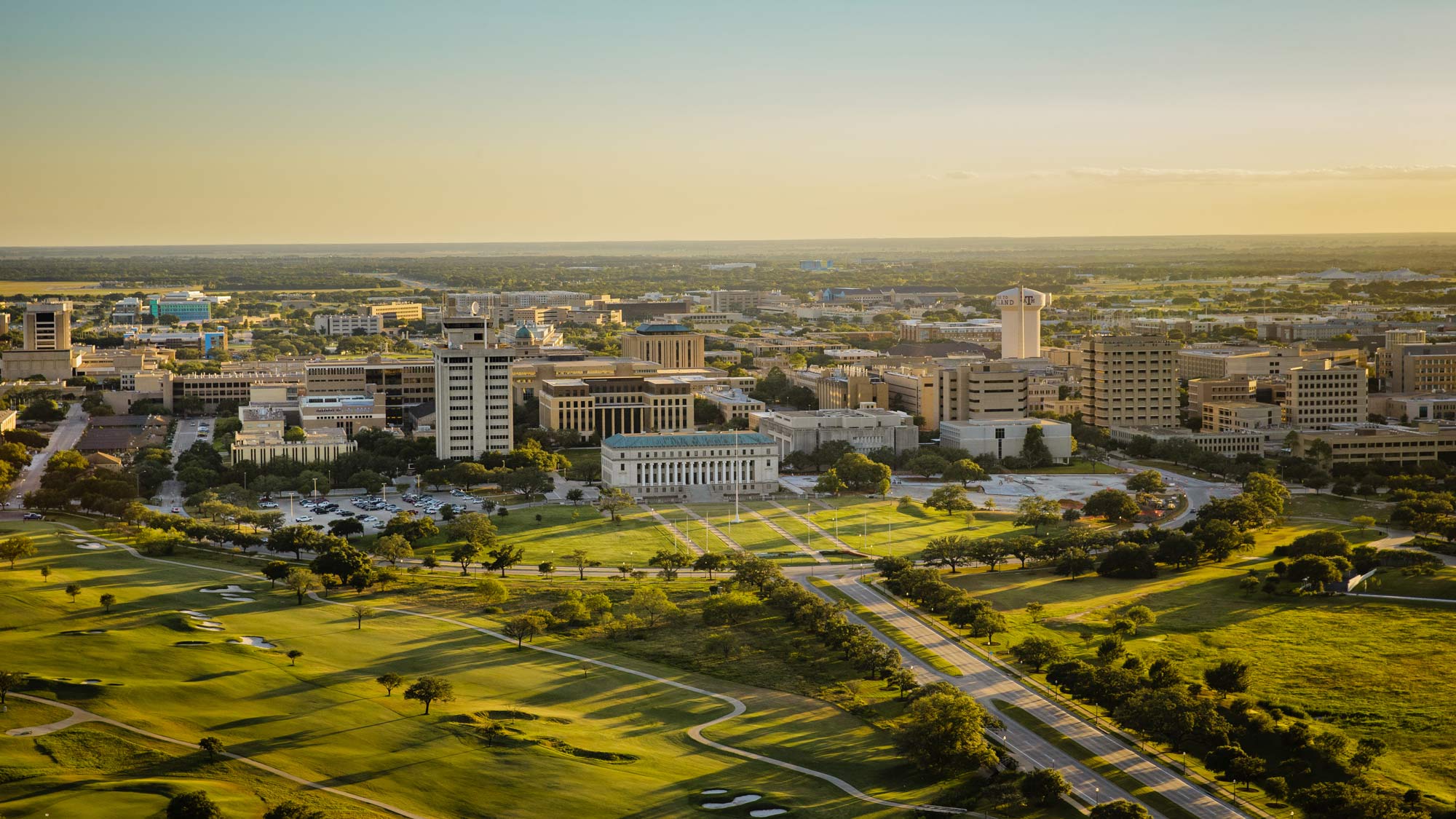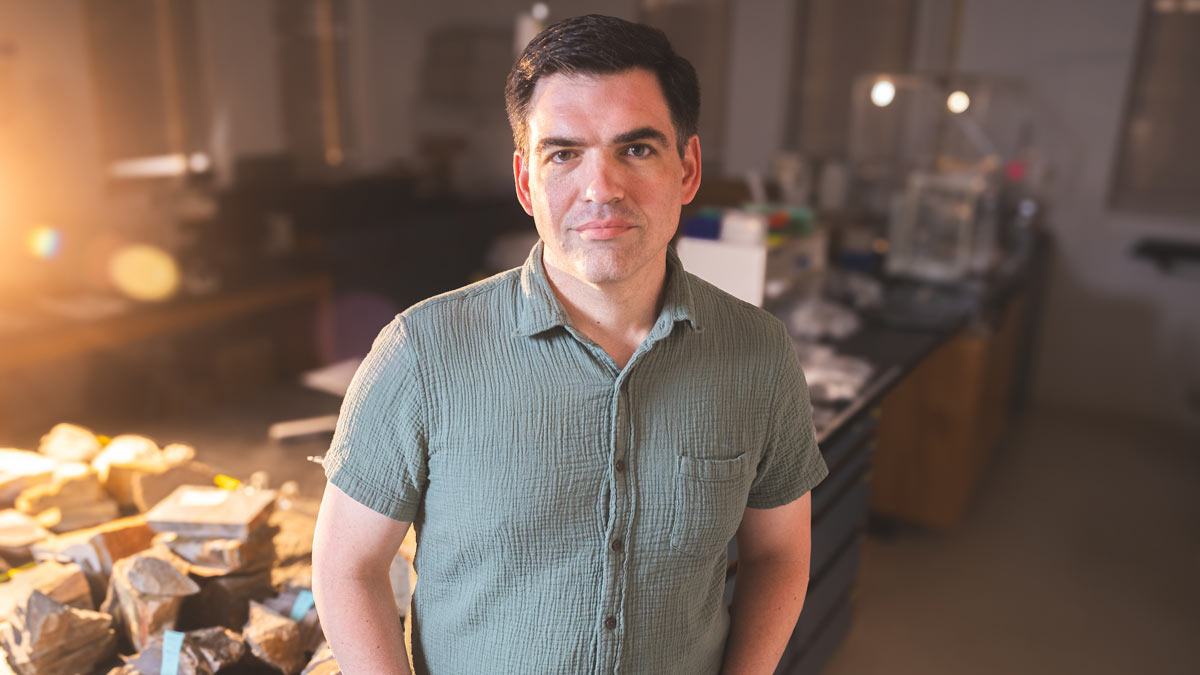
space
Graduate students in the aptly named "RAD Lab" are working to improve RoboBall, the robot in an airbag.
A Texas A&M geologist says recent findings from the Perseverance rover may point to the presence of past microbial life on ancient Mars.
Construction scientists and engineers are learning lessons in space that can be applied for better construction here on the home planet.
NASA Papers Acquired By Texas A&M Give Insight To Aerospace Medicine Research
Jul 7, 2025 • 5 min. readThree Texas A&M University students have been combing through former Chief Scientist of NASA Dr. John Charles’ collection, containing glimpses into the history of aeronautic medical research.
Researchers are testing a virtual assistant that may help astronauts solve unexpected problems during space travel.
Growing Homes On Mars: Texas A&M Research Pioneers Autonomous Construction Using Synthetic Lichens
Jun 24, 2025 • 4 min. readNew self-growing technology could revolutionize Martian architecture by using living biomaterials to 3D print structures — without human intervention.
Texas A&M’s aerospace medicine program is pioneering research and education that supports the health of astronauts during long-duration spaceflight.
New Self-Healing Polymer Possesses A Quality Never Before Seen At Any Scale
May 5, 2025 • 7 min. readMaterial scientists at Texas A&M have developed a dynamic material that self-heals after puncturing by changing from solid to liquid and back.
Spacecraft That Sweat? A Cool New Way to Tackle Atmospheric Reentry
Apr 30, 2025 • 4 min. readAs space travel becomes more common, the need to reuse spacecraft will rise. The solution may be spacecraft that “sweat.”
New Study Unveils Volcanic History And Clues To Ancient Life On Mars
Apr 25, 2025 • 5 min. readThe proof may be in the pudding, but according to a Texas A&M University geologist, when it comes to ancient life on the Red Planet, the proof is in the rocks.


